Tomatoes are a traditional vegetable that is often present at our table. It is a source of vitamin C and vitamin A. In addition to vitamins, tomatoes are rich in mineral salts and other nutrients. Tomatoes contain 17 times more iron than milk, twice as much as eggs, three times as much as fish.
The chemical composition of tomatoes varies depending on the variety and soil and climatic conditions. They contain 94.5% water, 0.9% protein, 3.5% carbohydrates, a small percentage of starch, 0.7% cellulose, organic acids (citric, malic, oxalic), mineral salts (potassium, phosphorus, calcium, magnesium, sodium, iron and etc.
In addition to fresh tomatoes, there are also canned ones. Each home has winter food with jars of tomatoes, tomato sauce, tomato chutney and at least one jar of dried tomatoes.
And what is blanching? This is a short-term processing of vegetables, fruit, meat and other products by steam or boiling water.
Blanching from French - blanchir, means pouring boiling water over something.
How to blanch tomatoes?
Always choose well-ripened and uninjured vegetables. Wash them from the dust under running water. Remove their stems and on the back of them make a cross cut with a sharp knife.
Prepare a container of cold water and ice in advance.
In a pot bring the water to a boiling point. Once the process is complete, carefully dip the prepared tomatoes in it for no more than 30 seconds. Then quickly remove them and immerse them in the ice water.
As a result of blanching the tomatoes, the liquid under the skin will expand and after cooling, the skin will shrink and wrinkle. This way, the skin will be easier to separate.
And whether you use blanched tomatoes for salads, main dishes or canning, we're leaving that up to you.
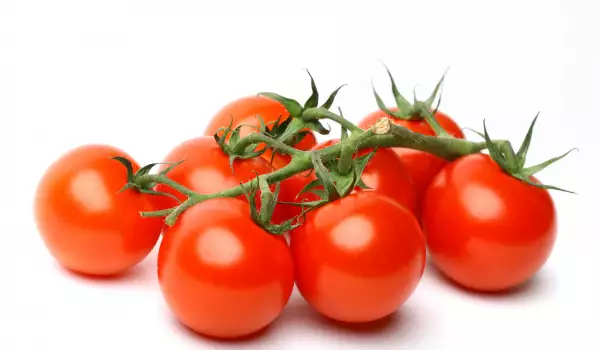
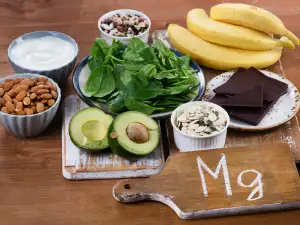

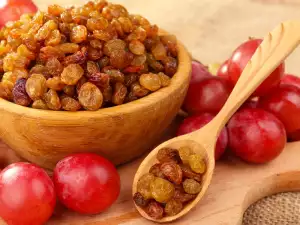


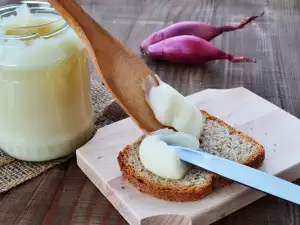
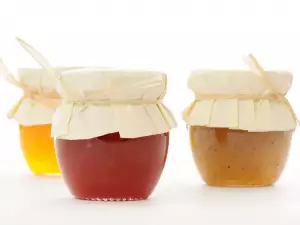
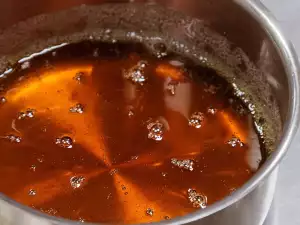
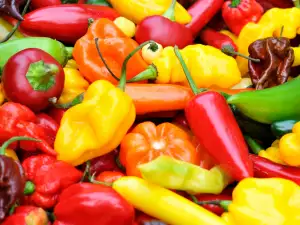
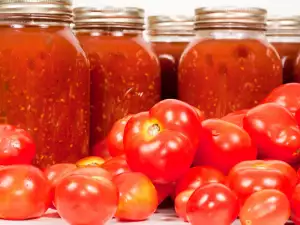
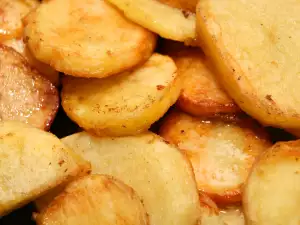
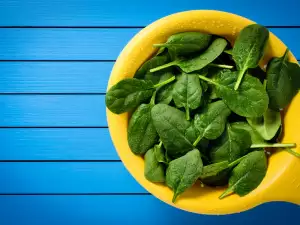
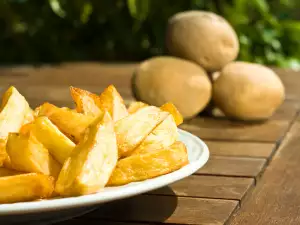
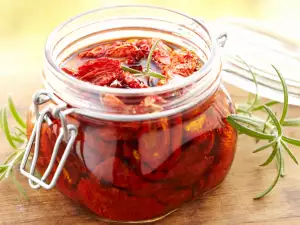
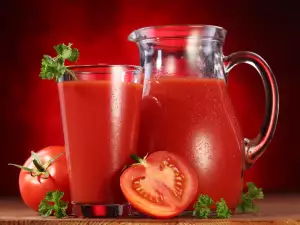



Comments